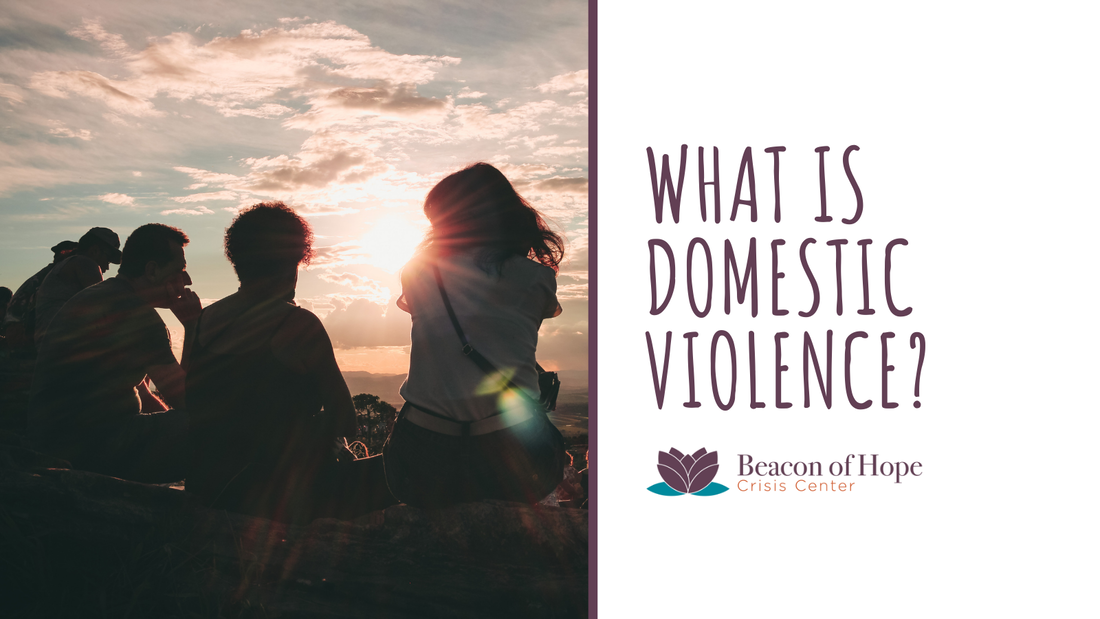What is Domestic Violence?
Domestic violence is a pattern of behaviors used by one partner or family member to maintain power and control over another person in an intimate/interdependent relationship. It includes a pattern of coercive behaviors used to control another.




